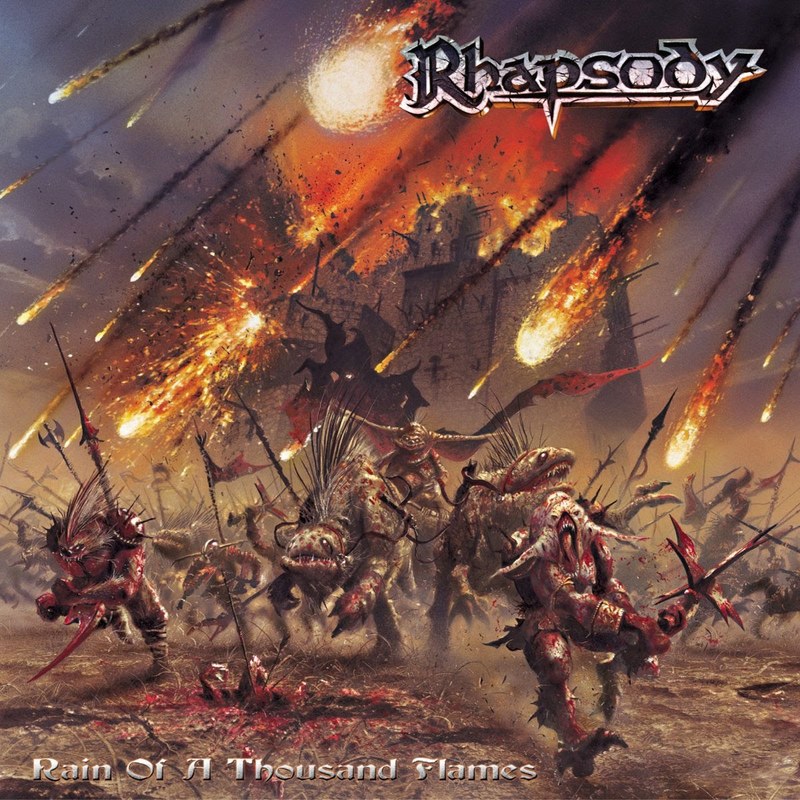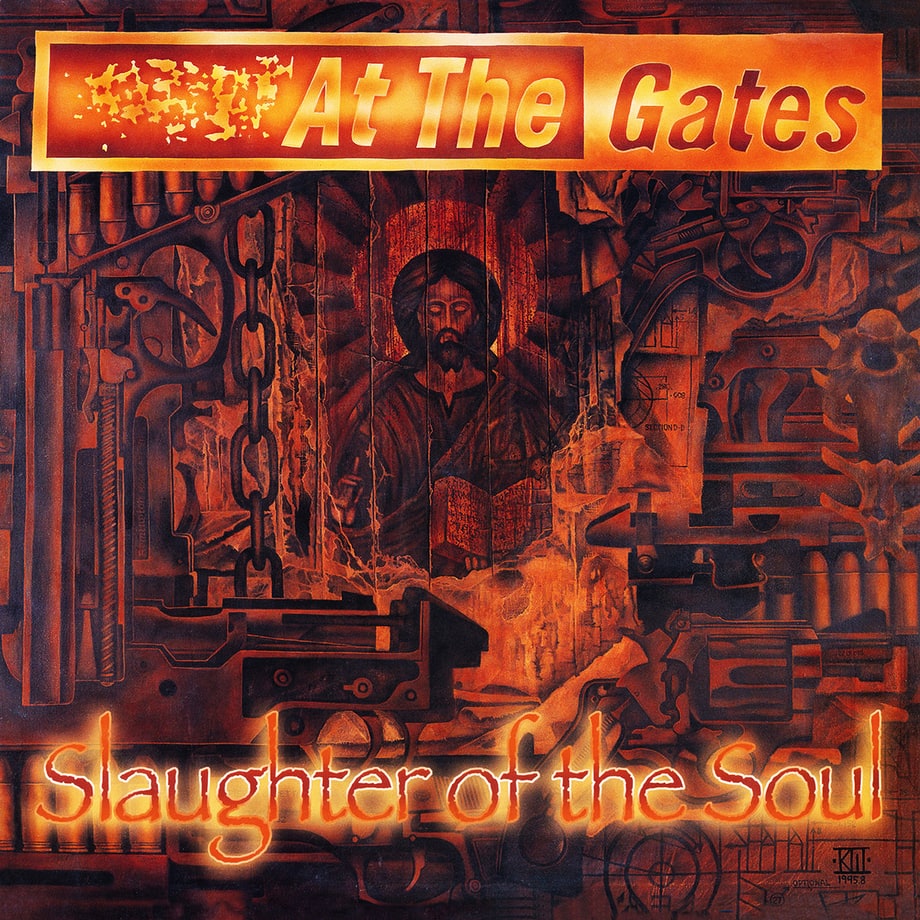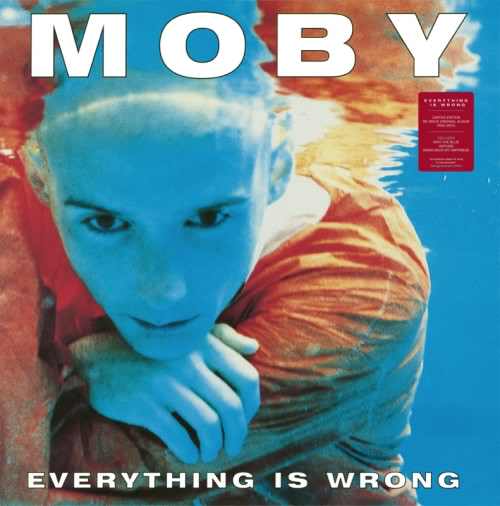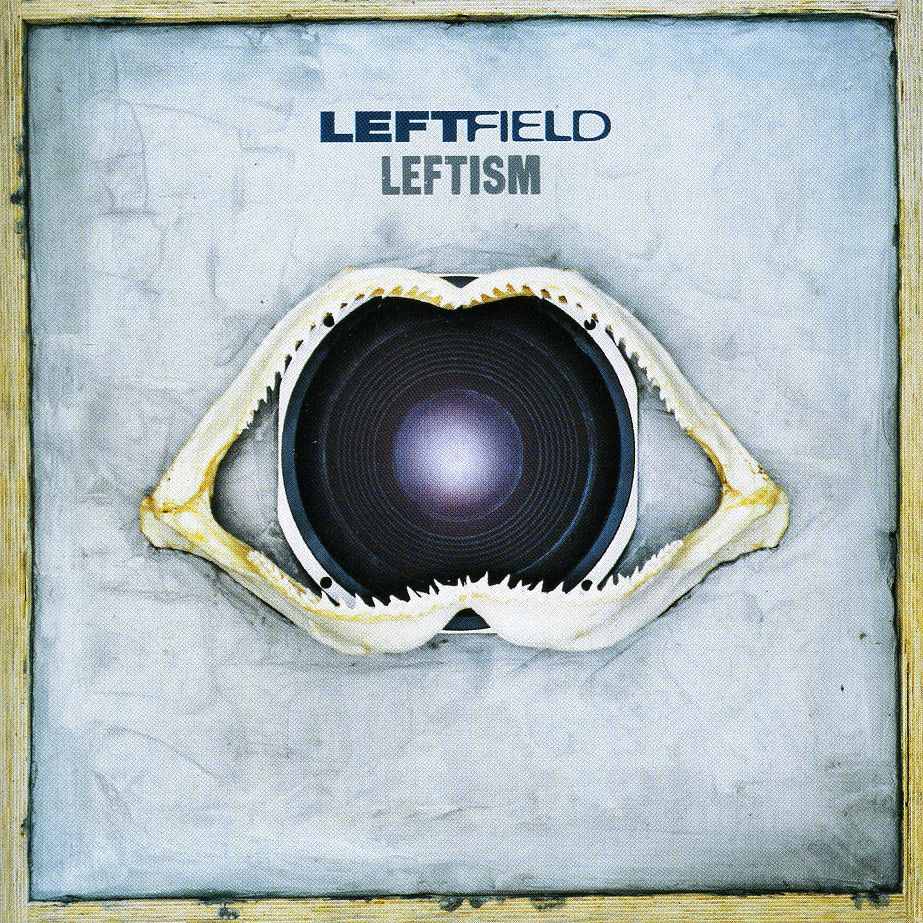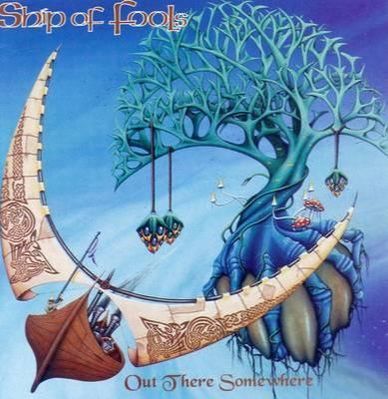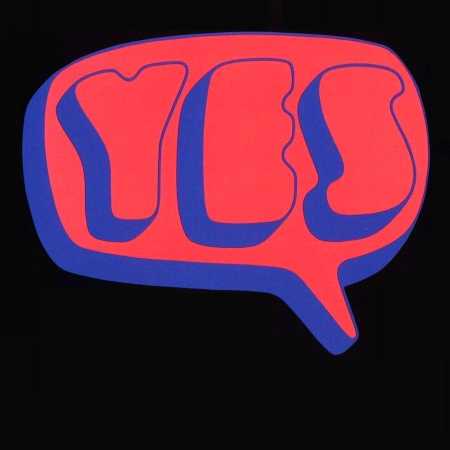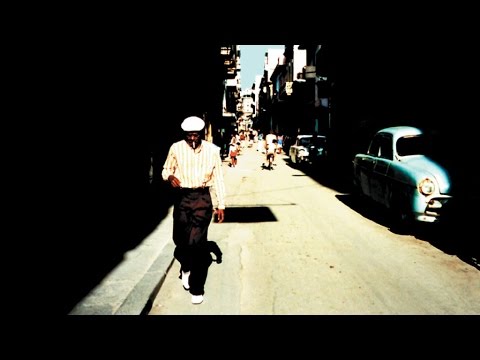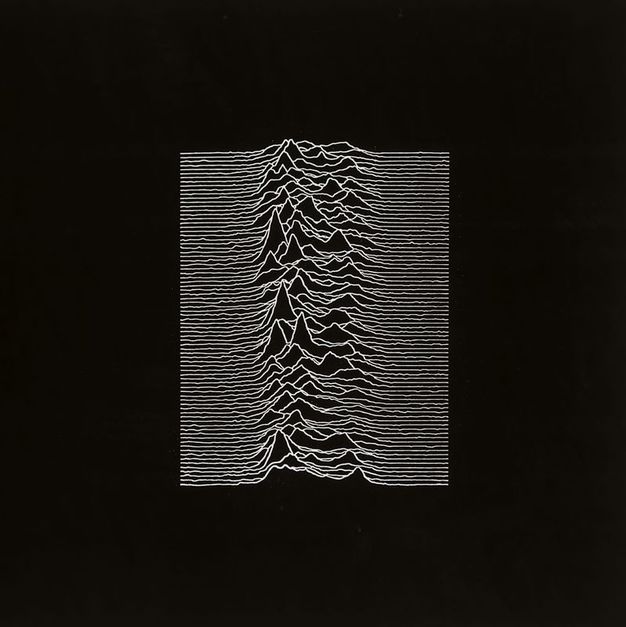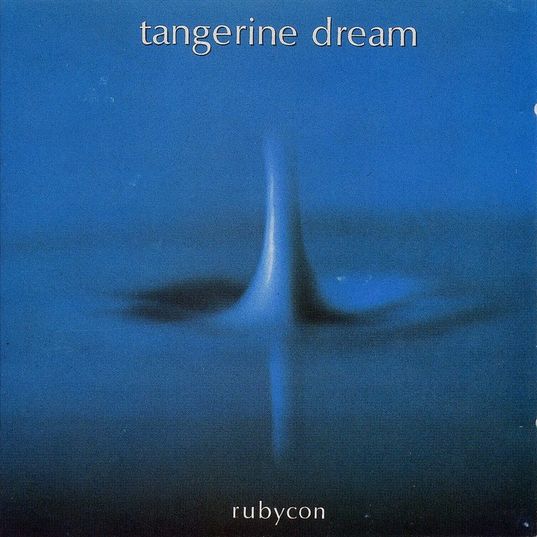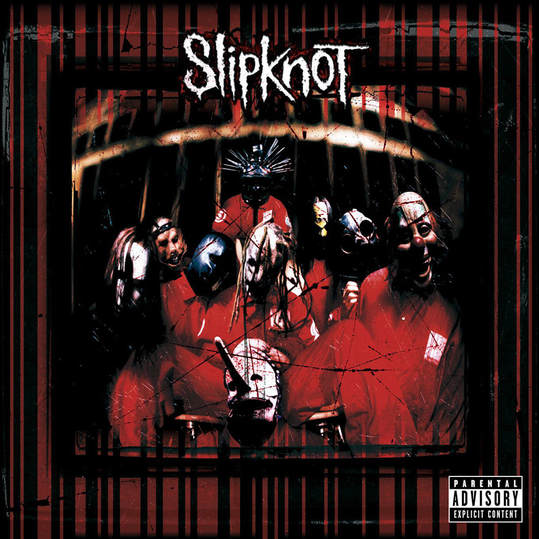|
Rhapsody
Rain of a Thousand Flames Limb Music 2001 The fourth album by Italian symphonic rock sensation Rhapsody (of Fire), Rain of a Thousand Flames was released as a side line plot to a much richer story described throughout their albums. Their first three records tell tales of fantastic creatures and heroic deeds and leaves the audience asmay as the devious and barbaric Akron pillages lands while the Lord of Ice is away. Rain of a Thousand Flames takes us to the other side of the coin and follows Akron through his destructive rampage. Without continuing the Emerald Sword Saga, the album adds to the story and provides another dimension to this exciting and fantastical adventure. With an operatic fanfare of symphony and voice, the album rips the silence and makes room for frantic quick paced guitars. Pounding drums crash forward in smashing bars which offer a grandiose and epic cliff face of sound. As vocals enter to tell the story of the album, Rain of A Thousand Flames as a track devastates the tranquility and creates an immense orb of compositional noise. Immediately the skills of each musician are left in no doubt as the quick time and athletic riffs dominate the time score. Synthesised orchestra brings in a new layer to ward off any notion of formulaic similarity, keyboards and drum combine to create a moving epistatic tangent. Deadly Omen marks a soundtrack to the oncoming opera that exists within the thirteen minutes of Queen of the Dark Horizons. The track, based on the score by 70s Italian group Goblin and soundtrack to the film Phenomena, tells a story of evil powers gathering and acting out dark commands. The symphonic flurry evolves into power metal to bring the music back into the realms of rock n roll. Lashing guitar solos and riffs join forces with enchanting compositions involving a whole host of complimentary instruments. The epic symphony that captivates so many imaginary chapters moves between heavy metal, ballad, and musical theatre. It's a stunning prelude to the final four tracks on the album, collectively known as Rhymes of a Tragic Poem – The Gothic Saga. Tears of a Dying Angel begins and introduces more choral chants and story-telling. A giant song that strikes a love of fantasy into the hearts of listeners, it paves the way for something once more a little different. Based on a traditional Irish called Cooley's Reel, Elnor's Magic Valley knits a busy and enchanted landscape of hills, lush fields, and encroaching doom. A powerful rock symphony follows with The Poem's Evil Page. Mentioning poisoned verses with malicious intent, the pace then quickens to a thrashing metal-fest enriched by wailing guitars. As Elnor prepares for the approaching evil, its lands prepare to be soaked in blood. As it began with ballad like beginnings, so it fades away. The shorter song out of the album yet with still as much bite and drama, just leaves the final track to complete the saga. Based on The New World Symphony by Antonín Dvořák, The Wizard's Last Rhymes spell the end of the tragical tale of dark victories. Perhaps a last glimmer of hope is left in the final words of the album. Can't wait for the next one, good job it's been out for years.
At The Gates
Slaughter of the Soul Earache Records 1995 Swedish death metal band At The Gates enjoyed a glittering career in the early 1990s, and Slaughter of the Soul marks the end of their time together until eleven years later. A height reached, a level of mastery gained, and an incredibly heavy and angry album. Something of the fashion at the time, and still done to this day, a sampled voice opens the music with a poignant and semi-poetic phrase. Then cracks of thunderous drums and pouncing guitar melodies assert the hardcore sound At The Gates are known for. Melody plays an important part in the delivery of the otherwise crunching and rampant guitar based ruckus. Drums pound at speeds that blur the eyeballs and the chord progressions leap around the double quick tempo with adjacent velocity. Swoops of tunefulness grace the backlog of sound like large ominous storm clouds, to high to touch yet able to open their torrents at a moment's notice. A guest slot is given to Andy LeRocque who gives a rendition of classical style guitar. This cross-over sound awarded Slaughter of the Soul as owner of one of the greatest guitar solos of all time, according to many press releases of the day. Taking a mood swing from the otherworldly gentleness that classical guitar is famous for allows the album to be broken down into more manageable sections. Aggression plays an important part in the sensation of the record. The vocal delivery is one of constant forcefulness and the voice is naturally distorted into a throaty crow like holler. Much like many other death metal vocal styles, the pitch is pushed upward. Similar bands like Obituary were marked for having a deeper vocal range yet with the same angry and hoarse singing style. Riff based songs with a distinctive flavour strict in their tight formulation and composition sit back to back in this heavy metal album. It takes the classical formula of guitar chord based song structure and lead guitar playing melodical sections over the top. When the two guitars come together to form a double edged chord riff, the thrust of sound becomes incredibly rich, and when the melody is played over the top, the two sounds mix together like cream into moving black coffee. It's a short album, with just over half an hour's worth of music on it. The tradition for extremely heavy music is generally to keep it short as it's sometimes not possible to stay focussed on something longer when it asks for so much energy in return. After-all we have to at least try to look like we're enjoying it, don't we? If you love Arch Enemy and In Flames then At The Gates have everything you want already. If you like heavy metal or rock music then this band are a fantastic gateway into a deeper and darker world of emotional and well composed music. The Sunday Times Wine Club offer exclusive offers and insider deals. Take a peek at what's what. Moby Everything is Wrong Mute / Elektra Records 1995 This third release from the prolific and ground-breaking electronica guru marks the final chapter in the early work of Moby. Raw and progressive, the delivery is enriched with flame and grit that is interlaced with beauty and heart-felt wanderings of musical composition. Moby is said to have likened the album as a “lifeboat” for many songs that he'd formed a relationship with during his formative years as an artist. Placing them all on the record made sure that nothing was wasted. Touching as many bases as one record can allow, Moby worked to establish himself as competent in many styles and genres which are scattered over this slightly erratic but fun and evocative composition of tracks. The introductory piece begins with an arpeggio played with piano, the simple yet alluring pattern drawing in strings that make an appearance after the first few bars. Space-age twirls and whistles weave through the stereo amalgam to bring the track into full swing. Slow and melodic, a jostling up and down tune revolves around the backing formed by the wavelike motion of the piano. As the intensity fades to minimal, the last of the notes disappear into silence before a complete change of tone and pace. Feeling So Real plunges the listener into a techno inspired drum and bass number which utilises two vocalists and plenty of beat surging loops. Fantastic energy penetrates the music as new sounds float in on an ocean of bass which swells and flows around quick and catchy drums. Thrust pushes everything forward as the track shifts from one part to another, a short interlude from rhythm allowing the progression to make a quick differential in the pace. As the track ends the same energy is brought forward and a layer of heavy metal guitars gives the sound a whole new dimension. Moby lends his own voice to the third track, frantic power chords curl over thrashing drums which surf through a punk inspired beat. The guitar and techno combination sounds full-on, the room is electric with ferocious musical energy. Standard fare for heavy metal fans, the tempo and delivery creates something easily capable of finding its way into the halls of a greasy rock club. However, this multi-faceted album was not built to be adored by rockers alone but by people who appreciate all types of music. As Every Time You Touch Me throws the piano riff back under the spotlight, a quick breakdown reveals digital beats and a thudding bass drum. More female vocal decorate the score with uplifting and love inspired lines. The tempo remains fast, and the music carries a dancing feel which has been consistent since the second track. A slight pause for a thirty second number in between this and the former track, dual vocalists and happy melodies resonate with a party atmosphere. Strong piano melody resurfaces as the introduction to Bring Back My Happiness fills the airwaves. Frantic and sludgy notes begin to create a dynamic and moving sprint through difficult emotions. Mirrored by major key based piano chords that kick around the field in various colours, the song pushes on with the intense energy. As it ends, a distorted guitar and vocal bring the music down a dark ally and ask us to submit to what comes next. Pounding drums and heavy deep chords bounce from shouted lyrics and feedback, Moby is back in heavy metal mode for What Love? Clear anger and frustration is felt in the masculine delivery which although almost incoherent, demonstrates a sense of powerlessness to the force of emotion and desire. The noisefest is quickly over and a funky bass melody runs up alongside to show its stuff. Silken female notes sing past a muffled drumbeat while the strong and rich bass tones thunder along. Strings are added at a key moment, signalling the brightening of mood in which beauty and enchantment becomes apparent. Over layered vocals give a echo of feelings and sensation as the various parts of the composition adapt relevant harmonies and phrases. Stripping back the orchestra for a few bars, the bass is given the moment one more time before even that ceases to allow a moment of abstract clarity and atmosphere. Piece by piece, the layers are reinstated and the track builds to its former glory and this time with an extra swing in the step. Into The Blue takes the firelight down a level to create a wonderful and haunting ballad style song sung by Mimi Goese. The track leans on string and drum while Mimi sings of dreamy and imaginative flight. A catchy bass line keeps the music buoyant while emotive and thoughtful vocals craft an air of mystique. This beautiful song sits among so any directions of energy, it could easily get lost in the album's multi-vitamin style capsule. It makes a refreshing appearance and takes us away from the yang side of things for a few moments. A classic techno synthesiser plunges the notes down for Anthem, which follows and rekindles some of the lost fire. Fast drum and bass rhythms finalise the energy with a crash of cymbals and a key change in into high end melody. Strange samples of children playing along with an alarming twang synth mix in, creating a strange and dissociative feeling before another surge brings the melody and drums back into full motion. A layer of vocals with added effect sits atop the mix like a crown, summing up the intent before the track breaks down to make way for the next. Slow moving piano and string form the following number, a short intermittent track which sets the scene for something slightly faster and more complex to come. God Moving Over The Face Of The Waters brings melody and emotion together in simple bouts of piano and string which lap over one another in echoing repetitions and loops. Glistening orchestrations slide over one another in ever growing revolutions of sound. A thump from a kettle drum adds one more element to this slow and magical piece, like the heart beat of a dragon the slow but timely pounding gives the faster and water inspired notations depth and mystery. The final track, When It's Cold I'd Like To Die, invites Mimi Goese back to lend her tender tones once again. This slower and heart centred number calls upon melancholy and introspection, making an effort to end the album on a memorable note. It works, and as many of the tracks do not follow the traditional song structure, having something familiar to finish with makes for a lasting final chapter.
Need a gift? Find all kinds of them at the New York Times Store
Leftfield
Leftism Hard Hands / Columbia Records 1995 This debut album from British electronica shape-shifters makes use of the musical flavour found in other walks, cementing their name in the fond spots of several crowds at once. Consisting of tracks made previously by the duo between 92 and 95, the Leftfield project reworks well-crafted sounds to form an album with a peculiar yet warming direction. The opener simmers into action with an eerie and catchy riff of sound and beat. Swells of motion formulate in subtle choppy waves as the vocal line begins. A reggae feel in the voice brings a realisation of relaxation before a thumping bass begins the album proper. A smashing pulse drives the album forward to the familiar vocal line of Earl Sixteen, the first of many guests. Release The Pressure makes a real statement of intent, the music sits calmly, churning away to its simple and alluring sensation. Reggae rhythms penetrate the bass heavy loopathon which crumble into nicely moving sections of inspired dance floor directions. Afro-left takes a rap sound and adds it to a funky bass riff which has mahogany and skin feels. Tribal reverberations meld with frantic and energetic excitement as the pulse progresses with ferocity and the vocalist manages to spit words like a human machine-gun. Blippy sonics crest into the mix from on high to greet the already driving force of the track. Pushed to the top of intensity, this heavy and throbbing mix grabs hold of more of our brain with each bar. Djum Djum takes the African sound with rhythmic poetical lines and slides them in like jig-saw pieces over the well ordered and heavy-stepping track. A slower feel peels away from the airwaves as Melt swirls into existence. A melodic and hedonistic reality self-creates as an orchestrated selection of tunes dance together like butterflies in the sun. A trumpet or two playfully jam together as synthesised drips of sound spurn delicate and gentle loops and phrases. The progression moves gracefully, signalling a laid back approach to the composition. A deep and meaningful bass continues to pound through the sweeping prettiness of ambient journeying. Some fruity basslines curl over the end of the track in a way that suggests they've been waiting. Song of Life makes the scene with a melodic vocal line singing a simple tune. Some chunky bass and drum fall into line as the vocal begins a loop, melody is given in subtle doses as the lower notes two-step around their central reservations. Interesting additions of effect fill the spaces, and soon a sweet sounding synthesiser enters to fill the layers with warmth. A slow and mood driven pace signals the album has more to show us than a simple head pounding bang fest. Strange sonics are sprinkled over the abstracting compositions in dreamlike salt and pepper grindings. Soon, the pace is given a gear change. A thumping bass drum starts its hypnotic intensity once more, as pulsing rhythms of melody swing over to adorn the sound with depth. Toni Halliday from Curve makes an entrance as guest vocalist in the track Original. A slinky number with a heartbeat rhythm addresses some relaxation inspired tones and with an injection of drama. Spoken word lyrics greet the verse lines as a progressing melody forces the tones up by notches. The song turns to melody and the thoughtful symbols of sound bring a cloud of introspection into the room. Synthetic electronic tones bounce along in playful patterns as the song begins to progress from its initial phases. The track feels like a homage to people who do things in their own way, and how they affect those they encounter. A thumping bass drum cracks open the silence before it leaves a space for a rhythmic melody to crisp the edges. The pounding returns and the mix of pulses from varying directions brings on a new dimension of moveability. Black Flute is a dancing number, full of stops and surprising breaks. The simplicity of the mix gives it a flavour that can be used to make all kinds of things work. Used as a filling, this track could slot in anywhere, or as a stand alone number it drives home a feeling of standing urgency. With a snap of the fingers, a new track is brought into the light. Space Shanty unwraps a playful jive that lays dripping with ethnic inspired charm. A crafty worming bass note snakes around the drum as a distorted vocality shimmers on the water. The bass heavy sub-track smashes back onto the scene to the wavering harmonies of a digital light-beam, a quick and marching pace throws the album into high gear again. The by now traditional feeling of Leftfield swells with digital bass notes and is nailed down to the framework by the thud of thickly spread drums. Repeating phrasologies and musical memes bring directions to the centrefold, not just from the left field but from right, top, ground level, and beyond. Uses of the human voice as a percussion instrument give organic feels to an otherwise computerised production. Wholesome beats with throws from tribal origins give another dimension to this humanistic element which is knitted gently through the modern and technical sounding album. More dub sounds are laid on the table with Inspection Check One. Jamaican accented speech runs as an atmospheric undertone while the music gradually cranks up to a chillaxed happy point. A rolling rhythm sits on a looped back drop of bassy notes and clanging metalwork cymbals. Lyrics roll in from the adjacent hills as a rumbling heaviness scores the interlude. Loops bring everything back to life as the verse crunches into chorus, mashing beats together in a frenzy of flowing progression. Flavours of the tribe and back room exclusivity come together in meditative pulses of sound. Some drum and bass inspired grinding springs forth as Storm 3000 breaks the surface. The catchy and upbeat tempo is joined by a rhythmic melody which with a strange key begins to play around the bass in interested yet slightly coy dances. A jungle theme can be heard, melodically pumping the drums in interesting and hearty percussive compositions. Additions of beat give thrust to the mix, familiar sounds are joined by fresh ones which all point to neatly ordered peaks of sound. The track slowly runs itself into the ground, and some homely sounds of thunder end the journey. Open Up phases into the soundsphere, making use of John Lyndon aka Johny Rotten on vocals. Not something you'd expect on an electro album, the previous punk takes on a surprising edge to add a full on gutsy layer to this upbeat high energy track. Some great fills take on the dinner as frantic melodies play and jut into the experience. Some full on techno hides behind a close and heady throw together of some wacky yet oddly well suited elements. A breakdown of flow grabs another style and puts it in the middle. Bringing on the next and final track, 21st Century Poem slows the pace to an enjoyable amble. Billed as progressive house, the Leftfield sound extends way beyond its suggested boundaries. With capsules of inspiration taken from cabinets across the spectrum of modern popular music, the amalgamation of energies creates a swift and numerously hooked selection of racing homages to pure groove.
Ship Of Fools
Out There Somewhere Dreamtime Records (Peaceville) 1994 A short lived musical career but with a fantastic direction and legacy, Ship of Fools dominated the psychedelic prog-rock circuit during the mid 1990s. Taking elements of metal, rock, and abstraction, the band created a diverse and mentally stimulating couple of albums during their time. A third release was made after their premature split, commemorating what they had achieved. Out There Somewhere is the second album made by the band, the last one they made before ending things to go their separate ways. What a shame, perhaps, or maybe they knew something that we didn't, putting an end to something that deserved to stand alone in time. “I see that we meet again!” rings from the sample deck as a thumping kick bass begins the sensational journey. A swirly guitar riff joins the bass and drum, thrusting the listener into an immediate orbital mindset. As the progressive composition shifts, keyboards breathe even more life into the already animated track. The gear change comes at a time when it is most expected and some choppy chords replace the previously melodic score. Without lyrics to weigh the music down, the band are free to explore the rhythmic realms of the underlying bass and drum while continuously revolving round key musical phrases. Singing lead guitar motions from the background, jetting forward for breaking interludes, then folding back into melodic backdrops for symbolic and experimental sound effects and samples. As a band from Dewsbury, in Yorkshire, Ship of Fools toured England and Europe extensively while on their journey. The sound reflects a fantastic event for a live show, with whiplash inspired progressions that keep us infused with the beat and the emotional drive. With a space-age theme and a distinct taste of homebrew, this chaotic but exciting escape album pushes us forward into music that goes beyond the boundaries of genre.
Yes
Self-titled Atlantic Records 1969 After extensively playing the London gig circuit, competing with other artists such as Led Zeppelin and King Crimson, Yes created a memorable and unique sound. Signing with Atlantic, Yes recorded their debut and eponymous album “Yes”, which set the tone for what they were going to stand for. Although the album didn't rate well in the charts, it became admired by several music journalists at the time. This included Tony Wilson from Melody Maker, who rated Yes and Led Zeppelin as the two bands most likely to succeed. He wasn't wrong. Recorded in London at Advision and Trident Studios, the album was produced and mixed by a team of previous generation technicians. One of these had more experience in working with soundtracks and background music. Never-the-less, the album maintained a decent sound which allowed for a remark worthy delivery of the unique style of Yes. The opening riff is a simple guitar melody, full of 1960s organic warmth. It is soon joined by vibrant harmonising vocals with story book lyrics and drums, keyboards and bass. A progressive edge gives the music an evolving quality that is apparent within each track and beyond into the next. Expert use of energy in moderated doses allows crescendos and flair which shine brightly. Thanks to the patience and appreciation, the build ups and smoothed out sections of subtle composition make great listening. The album contains mostly original material, written during the early gig period and in the studio at the time. As the band had never recorded in a professional studio before, their ability to communicate with the crew and use the equipment was limited. This doesn't stop Yes, whose musical ability surpassed any limitations in techno-friendliness. The two cover versions on the album are I See You by The Byrds and Every Little Thing by The Beatles. They're given a similar flavour to the other tracks which contain a definitive energy and playing style unique to the band. Read more about Yes
Buena Vista Social Club World Circuit 1996 Pre-revolutionary Havana nightlife was segregated, the blacks had their own music, clubs, and communities. As did the whites. The culture in the two distinct societies living side by side was unique to each, and rarely did the lines cross. That was until the revolution, when a strong message of a “Classless and colourblind society” caused all of the segregated communities to be shut down. Although great for equality, the loss of unique cultural heritage was difficult for many. Nightlife in Cuba was severely hampered as the mixed communities had little common ground to work on and the government decided to close down hedonistic venues such as nightclubs and bars. The revival of Latin American Afro-Cubano music came to being with the release of this groundbreaking record. A whole orchestra of mostly retired musicians banded together to form a musical revolutionary masterpiece. With its surprise global success, a small tour followed which was able to inspire and involve enough people to really get the style moving again. Named after one of the many black only venues in Havana before the revolution, Buena Vista Social Club bring back to life the spirit of the arts but without the bad attitude of segregation. With the help of American guitar player Ry Cooder, and British producer Nick Gold, the ensemble utilised their treasured techniques and sounds to make a permanent and far reaching statement of cultural history which undoubtedly helped pave the way for the huge revival of Afro-Cubano and Latin American music that the world enjoys today.
Joy Division
Unknown Pleasures Factory Records 1979 On the back of the wave of British punk that had dominated the alternative music scene at the time, Joy Division launched their career with the debut album Unknown Pleasures. Featuring an astrophysical radio telescope readout, the happy and jumpy album begins with a tight knit drum riff that instantaneously injects more energy than we need in order to move around. As the vocal line begins, after a juicy bass melody that resembles bassline music of today, its clear that this band want more out of their music than the traditional punks we may have been used to. Rather than using direct recording equipment to create the album, although made independently, studio equipment was utilised to produce a more spaced and well balanced sound. Some of the key factors in the punk genre have not been ignored however, and twangy and powerful guitars ride like mighty tsunamis over the steady pulse of the rhythm section. Famously made over a series of weekends in Strawberry Studios, this fresh and groundbreaking project was made after the initial success of an earlier self-released EP called “An Ideal For Living”. The album plays like most rock albums do, with great songs back to back, each with their own distinct flavour. With a name like Joy Division, we may be forgiven for assuming that the music is always upbeat. Although not particularly melancholy, the tone is sometimes that of a dreary and rainy afternoon with overused black and white films on the TV. There's an element of angst that is stitched into the lyrics and guitar effects, musicianship plays an important role however we have to pay attention to get to grips with exactly how much of this is composed and not just jammed in one evening. The use of samples plays a vital and pioneering role in this work, although they had been used before, the extent of their use and the genre were novelties, as well as the manner in which they were used. Rather than forming rhythms of unusual sound, odd intermediary sonics interestingly add filling and intrigue. Generally light hearted and easy on the ear, the sound of the record sets the mark for many other artists to follow throughout the 1980s. Get Unknown Pleasures on Amazon Amazon UK Read more about Joy Division
Tangerine Dream
Rubycon Virgin Records 1975 Material from the golden era of Tangerine Dream, this hauntingly abstract electronic album featured in the top 10 albums of its year. Famous for making use of a technique called Berlin School Sequencing, the artistic and experimental album drifts from transient atmosphere to spinning classical like prances and orchestration. The album is made up from two tracks, originally pressed to vinyl, each side contained one of these. Rubycon 1 being side one, takes the journey from the previous album “Phaedra” to new heights with further velocities of musical pressure and dimension. The flow and transitions within each number projects like a shifting tempest. It could be classified into subsections, with each phase of the track centring on different key-tones and rhythmic foundations. Formulating the sequenced backing sounds over time allows the layering of more multidirectional musicality to be played on top. Rubycon 2 calls upon a more ethereal sensation and utilises the ghostly pang of human voices, shifted and electronically replicated to draw out the presence of the near paranormal. An exploration ensues, and without a typical structure that most music draws upon, this work spans more like a play with acts and themes. Formed in the 60s, Tangerine Dream has undergone many line-up changes. Until 2015, the only long standing member had been Edgar Froese. After a long career with over one hundred studio albums, Froese sadly died leaving his named heir to the Tangerine Dream legacy as Thorsten Quaeschning, who had been working with the group for ten years previously. As a band, Tangerine Dream have utilised modern technology at every chapter of their progression, and each album makes use of the best music technology of the day. Perhaps this is why the membership has changed so much over the years with each new advance, new minds are required to bring their expertise. For the day, the strange and mysterious sounds on Rubycon must have been dramatic to the ear. Space-age technologies and far reaching ideas adorn this release, as it progresses the boundless scope of the delivery is made ever more apparent. Shearing effects and bubbling tempos merge with subtle pitches that score around shimmering under-melodies. This majestic demonstration of the capabilities of sound technology still fuels inspiration today. Countless electronic artists draw upon Tangerine Dream for their ideas and their use of the equipment has created techniques and habitual musical behaviour for a generation or more. Find the huge Tangerine Dream catalogue on Amazon, Amazon UK, and iTunes.
Slipknot
Self Titled 1999 Roadrunner Records Recorded in California, the debut album from the heaviest thing to come out of Iwoa, Slipknot reveals several tracks which culminate years of grind and polish. With many line-up changes under their belts, the band now known as Slipknot even changed a guitarist during the recording of this first album. Stating that he was unhappy with a few decisions, it's possible he wonders about their own now that the band have reared five studio albums, a best of, and a live DVD. What opens with a strange sounding crumble of noise, and a sampled voice over mocking something intangible, a percussion and guitar surge rips open any sense of relaxation that may have been dwelling in the auditory zone. The raw and fresh mixing is thanks to the fact this album was mastered on analogue equipment by the band's drummer and producer. This took extra work and was hard to implement, but thanks to this patience and technical know-how the resulting album sounds crisp and raw, as if it could be a live performance with all the trimmings of studio clarity. Smash songs such as Wait and Bleed, Spit it Out, and Surfacing grace this work, sandwiched between lesser known but equally as hardcore and heavy tracks such as Eyeless, Tattered and Torn, and No Life. The angry themes which run through the entire work are matched with the feral vocal delivery and frantic drumming. Guitar and bass work alongside each other to manifest a crunching and throbbing rhythm section which is decorated by the jamming style scratching of a DJ. With a full on sound with elements thrown in from all directions, the nine-piece outfit create a huge mountain of sonic mayhem. This album was toured extensively and became Roadrunner's first platinum release. The consequential popularity of Slipknot cemented their place in the world of heavy metal, from playing in festivals such as Ozzfest to headlining their own huge events in later years, the band have gone from height to height with each new release. The fans have been instrumental in their success, with word of mouth and core family values between each other ensuring the Slipknot experience remains fun, heavy, and a bit scary.
|
This website is made possible thanks to the generous support of its readers. Thank you for your contribution.
|
|
Shop to Support Alternative Fruit
|
Thanks for supporting Alternative Fruit
Read our Privacy Policy here For people, for peace, with love. Made in the UK by Homunculus Media |
